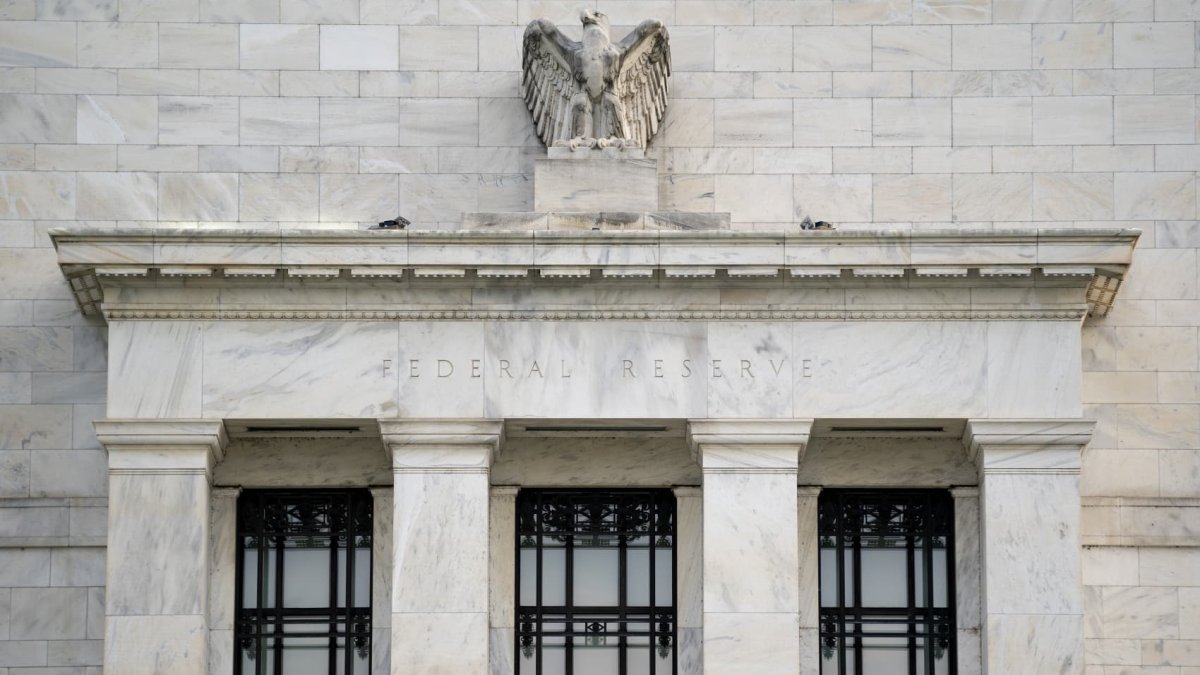The Federal Reserve is poised to do something Wednesday it hasn’t done in more than four years, but when will the big decision be announced?
The fed is slated to cut its benchmark interest rate, a step that should lead to lower borrowing costs for consumers and businesses just weeks before the presidential election.
And yet an unusual air of uncertainty overhangs this week’s meeting.
Here’s what to know:
When is the decision expected?
The release of the rate decision is set for 1 p.m. CT.
How much could the rate be cut?
It’s unclear just how large the Fed’s rate cut will be. Wall Street traders and some economists foresee a growing likelihood that the central bank will announce a larger-than-usual half-point cut. Many analysts foresee a more typical quarter-point rate cut.
With inflation barely above their target level, Fed officials have been shifting their focus toward supporting a weakening job market and achieving a rare “soft landing,” whereby it curbs inflation without causing a sharp recession. A half-point rate cut would signal that the Fed is as determined to sustain healthy economic growth as it is to conquer high inflation. This week’s move is expected to be only the first in a series of Fed rate cuts that will extend into 2025.
“I hope they cut 50 basis points, but I suspect they’ll cut 25. My hope is 50, because I think rates are just too high,” Mark Zandi, chief economist at Moody’s Analytics, told CNBC. “They have achieved their mandate for full employment and inflation back at target, and that’s not consistent with a five and a half percent-ish funds rate target. So I think they need to normalize rates quickly and have a lot of room to do so.”
At issue is how fast the Fed wants to lower interest rates to a point where they’re no longer acting as a brake on the economy — nor as an accelerant. Where that so-called “neutral” level falls isn’t clear, though many analysts peg it at 3% to 3.5%. Economists who favor a half-point reduction argue that the Fed’s key rate is much higher than necessary now that inflation is in retreat.
But others note that the Fed typically cuts its rate by a half-point or more only in an emergency. The last time it made an equivalent cut was in March 2020, when the pandemic paralyzed the economy. With consumers still spending and the economy likely to grow at a healthy pace in the July-September quarter, more cautious Fed officials can argue that there’s no rush to cut.
One hopeful sign is that as Powell and other Fed officials have signaled that rate cuts are coming, many borrowing rates have already fallen in anticipation. The average 30-year mortgage rate, for example, dropped to 6.2% last week — the lowest level in about 18 months and down from a peak of nearly 7.8%, according to the mortgage giant Freddie Mac. Other rates, like the yield on the five-year Treasury note, which influences auto loan rates, have also tumbled.
What would it mean for you?
High interest rates and elevated prices for everything from groceries to gas to rent have fanned widespread public disillusionment with the economy and provided a line of attack for former President Donald Trump’s campaign. Vice President Kamala Harris, in turn, has charged that Trump’s promise to slap tariffs on all imports would raise prices for consumers much further.
Over time, Fed rate cuts should lower borrowing costs for mortgages, auto loans and credit cards, as well as for business loans. Business spending could grow, and so could stock prices. Companies and consumers could refinance loans into lower-rate debt.
Chair Jerome Powell made clear last month in a high-profile speech in Jackson Hole, Wyoming, that Fed officials feel confident that inflation has largely been defeated. It has plummeted from a peak of 9.1% in June 2022 to 2.5% last month, not far above the Fed’s 2% target. Central bank officials fought against spiking prices by raising their key interest rate 11 times in 2022 and 2023 to a two-decade high of 5.3% to try to slow borrowing and spending, ultimately cooling the economy.
Wage growth has since slowed, removing a potential source of inflationary pressure. And oil and gas prices are falling, a sign that inflation should continue to cool in the months ahead. Consumers are also pushing back against high prices, forcing such companies as Target and McDonald’s to dangle deals and discounts.
Yet after several years of strong job growth, employers have slowed hiring, and the unemployment rate has risen nearly a full percentage point from its half-century low in April 2023 to a still-low 4.2%. Once unemployment rises that much, it tends to keep climbing. But Fed officials and many economists note that the rise in unemployment largely reflects an increase in new workers seeking jobs — notably new immigrants and recent college graduates — rather than layoffs.
Still, Powell said in Jackson Hole that “we will do everything we can to support a strong labor market.” He added that any “further weakening” in the job market would be “unwelcome.”
Some analysts have said that such a sweeping declaration suggests that Powell would favor a half-point rate cut. Other economists still think a quarter-point reduction is more likely.
“As such an important driver of global growth, this is bound to have an effect on asset prices around the world,” Richard Carter, head of fixed interest research at Quilter Cheviot, told CNBC of a rate cut by the Fed.
